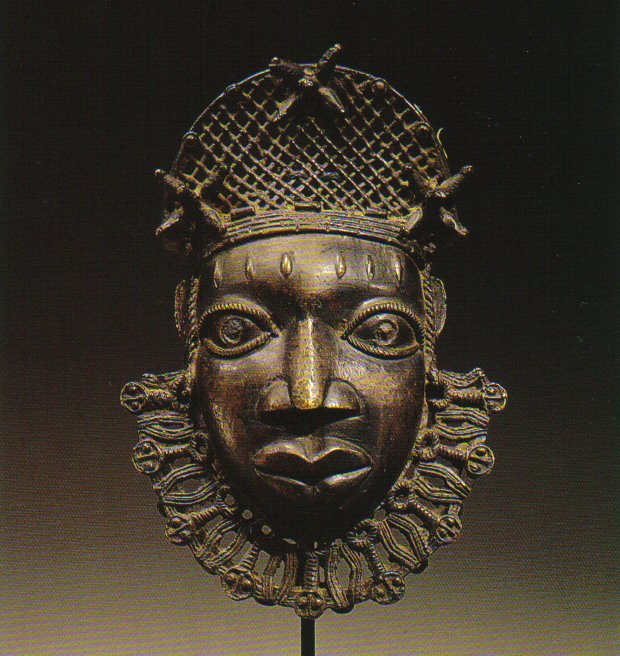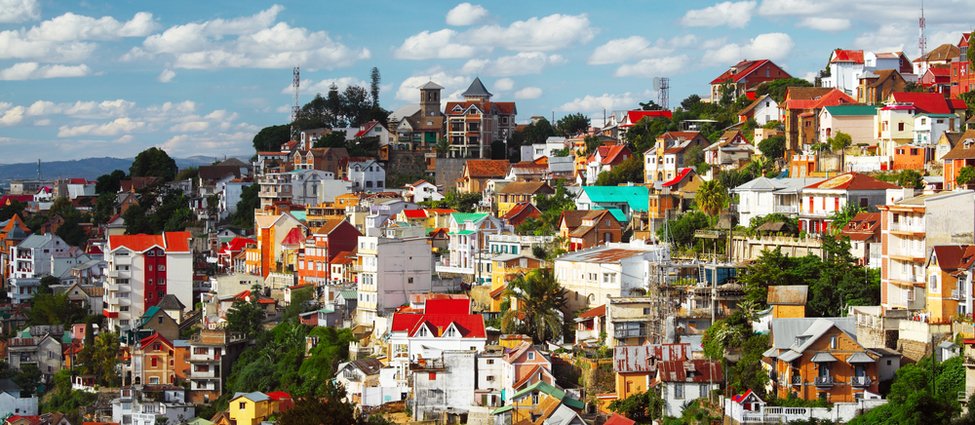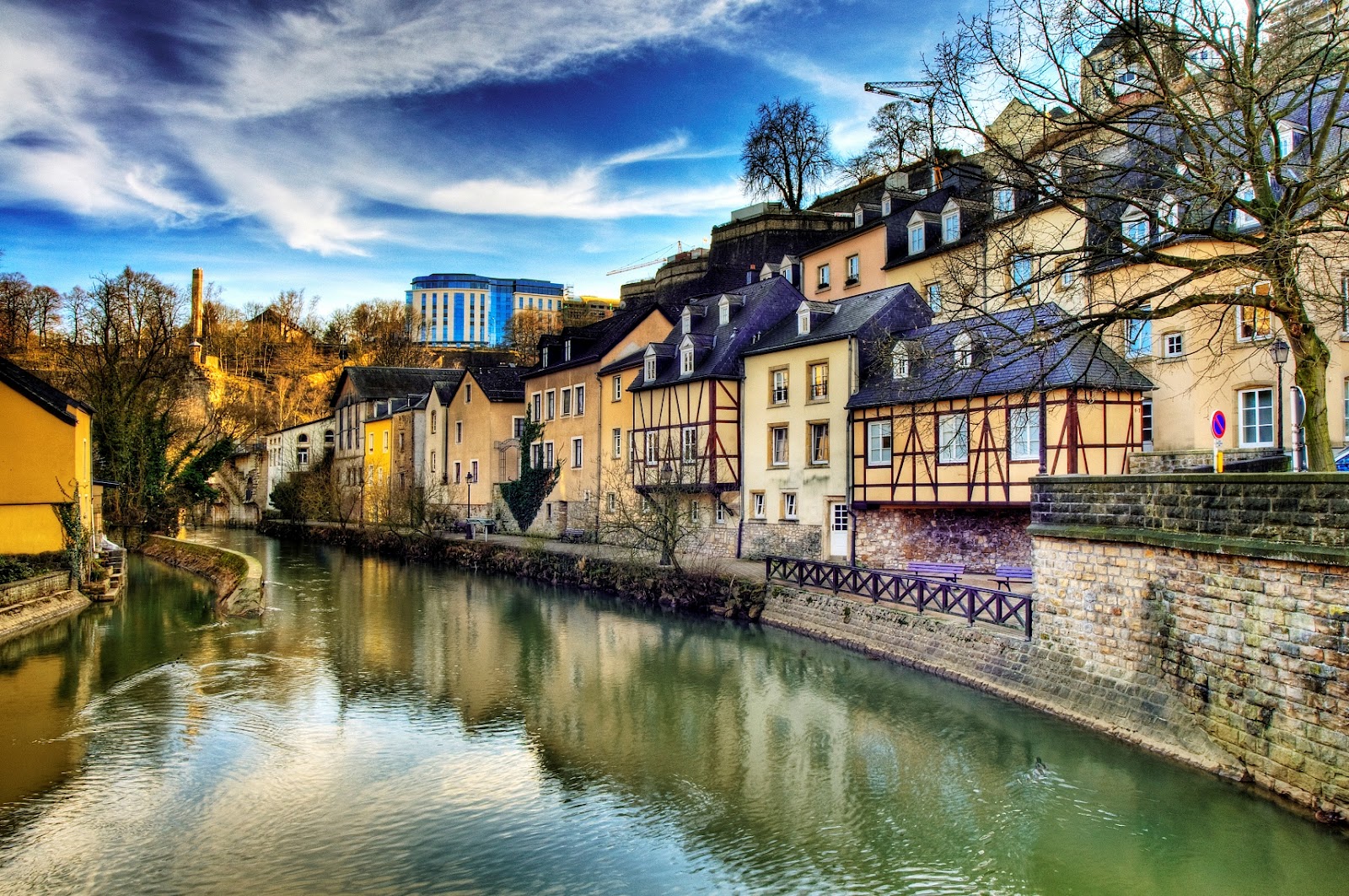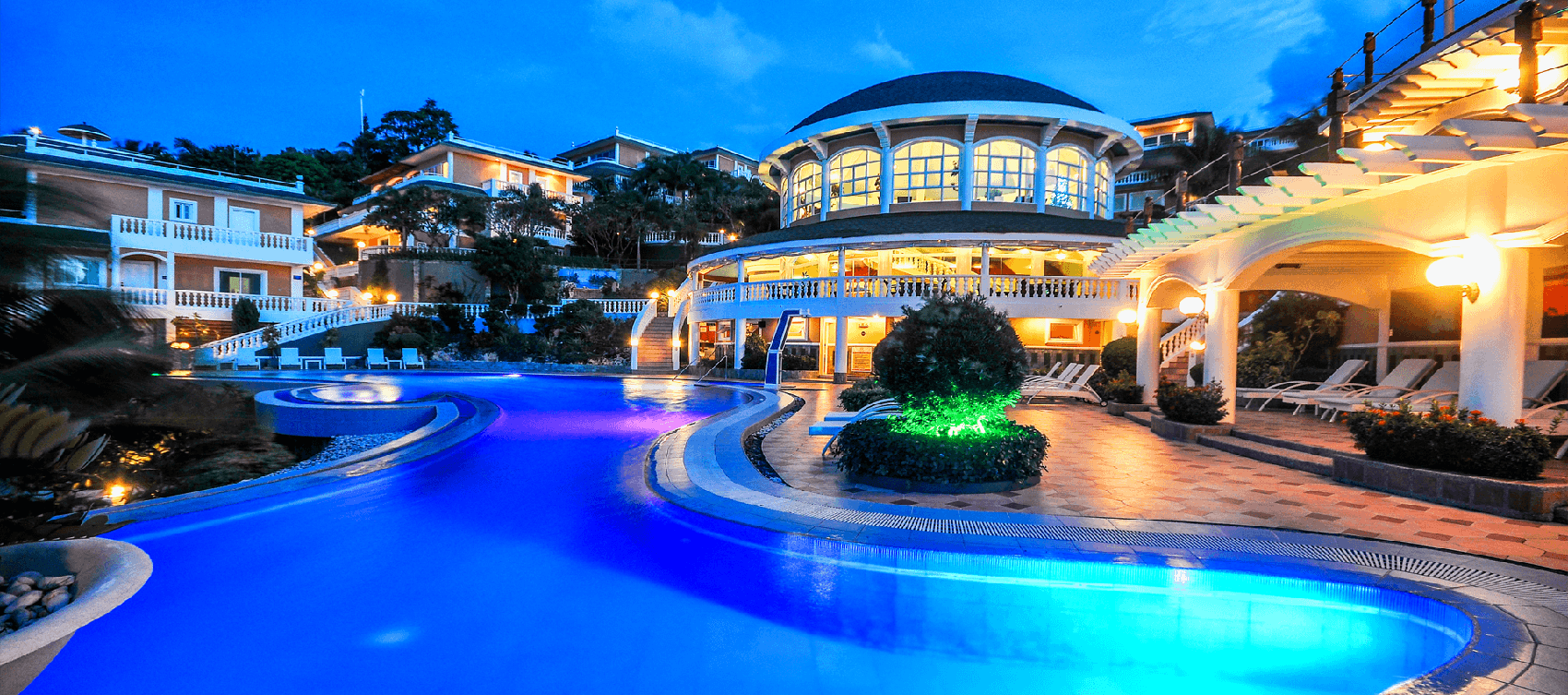A quick introduction to Benin City

Known as the city of bronze aquifers, Benin City is the capital of Edo state, in southern Nigeria. Populated with over one million people according to the 2006 census, this city is one of the oldest cities in the world, and has been described often as the cradle of black civilization.
History
The story of Benin City is mired in controversy and mystery. According to most historical sources – which include oral traditional sources and accounts from Portuguese and English travelers and explorers, Benin City was the capital of the Bini Empire, an ancient civilization later known as Edo. Ruled by the Ogiso, who were the Sky Kings, a palace intrigue after the death of the last Ogiso sometime in the 16th century led to the exile of the Crown Prince Ekaladerhan who left the palace with his warriors. Going on to conquer an area in the later Oyo Empire called Ile-Ife, Ekaladerhan earned the name of Oni Ile-fe Izoduwa corrupted in Yoruba as Ooni of Ile-Ife Oduduwa. Back in the kingdom, the palace chiefs and elders realized their mistake in failing to support Ekaladerhan and sent for him to return to his father’s throne. The Ooni who now ruled an empire in Ile-ife, sent his eldest son Oranmiyan in his stead. Oranmiyan married the daughter of a Benin Enogie, Osa-noge daughter of the Enogie of Egor. They had a son called Eweka who went on to become the first Oba of Benin. Eweka named the land Ubinu, a name which was later corrupted by the Portuguese into Beny and later Benin. The kingdom was later expanded into an Empire by Oba Ewuare who renamed it Edo, conquering lands to the east and west and stretching into the steppes of the Dahomey.
In the 16th century, the Benin Empire sent an envoy to Portugal and received Portuguese missionaries in return as part of bilateral relations between the two trading nations. The empire traded in Bronze and Ivory with the Portuguese. It was the Portuguese who eventually named the Empire’s capital Benin City. Several Portuguese accounts give reports of an organized city structure with planned streets and road networks and city guilds.
Towards the end of the 19th century, on the 17th of February, 1897, Benin City was conquered and plundered by a punitive British Expedition led by Admiral Sir Harry Rawson. The city was destroyed and several artifacts stolen, ostensibly to pay for the expedition, and are displayed to this day in several museums around the world. The sacking of Benin City and the exile of then Oba Ovoranmen, furthered the British occupation of the entire Niger area and the later amalgamation of both Northern and Southern Protectorates into the country called Nigeria.
Culture
The culture of Benin city is a poignant and deep one, rooted in traditional worship and loyalty to the Oba, who is seen as more than a man. One of the oldest sustained monarchies in the world, Benin City serves as the centre of the kingdom with outlying villages and towns sending tribute to the centre. The indigenous people speak the Bini Language and are renowned all over the world for their expertise in bronze sculpture, the reason why the city is also known as the City of Bronze Aquifers. Traditional festivals held yearly include the Igue festival which is celebrated at the end of the year (December) to mark the turning of the season. During the festival, the Oba blesses the land and the people.
Tourism
Tourists interested in culturally significant areas would be well pleased with visiting Benin City. Old, with some areas possessing structures that date back over 2 centuries, Benin City holds some of the most culturally significant findings in the world. The Ring Road in the city connects all the major arteries of the city in a massive ring road right in the centre of the city. Located within the Ring road is the Benin National Museum with 500 year old artifacts and bronze sculptures. Beside the Ring Road is the palace of the Oba, a structure that has stood in the same location since the inception of the Oba dynasty. Close to the Ring Road off Sakponba road is Igun Street. This street houses the bronze guild and is home to some of the most artistically sculpted bronze in the world.
Other centres of attraction in Benin City include the Ogba zoo in Oko, the Okomu Palm Reserve where thousands of acres of land are used for the growth of palm trees, which inclusive of rubber trees are some of the largest exports from the city. The Nigerian Institute of Oil Palm Research located in Benin City focuses on genetic improvement, production and processing of oil palm, raffia date, coconut and ornamental palms. The institute has attracted hundreds of visitors and scientists over the years, come to study the palms or simply to laze beneath the leafy shades. Until the withdrawal of sponsorship by Guinness Nigeria Plc., the Guinness Ogbe Hard Court Tennis Championship was one of the major international events in the city, held at the Sam Ogbemudia Stadium with thousands of international visitors attracted from all over the world. Launched a few years ago, the Okpekpe Motocross race is another international event with the last winner hailing from Kenya.
Education
Federal University of Benin, Ugbowo with another campus at Ekenhuan, College of Education, Ekiadolor, Ambrose Alli University, Ekpoma are examples of federal and state owned universities and colleges found in the city. Private universities include Benson Idahosa University, Igbinedion University, Okada and Wellspring University.
Benin City holds a number of attractions for the tourist and visitor. From the very edge of the city, music from loudspeakers in front of record shops delivers a rich blend of the Bini music which has popularized legends such as Sir Victor Uwaifo. Women sitting in doorways of houses call out greetings as you walk by or shop at any of the roadside kiosks, old men with gap toothed grins regale you with stories of the times they skipped about in loincloths, young men and women stroll beneath the streetlights of the major roads laughing boisterously, exclusive hotels and nightclubs dot the city swelling with vibrancy every night, and in every inch of the deep red laterite soil, famously soaked in the blood of giants, you can feel the soul and power of the ancient city.


